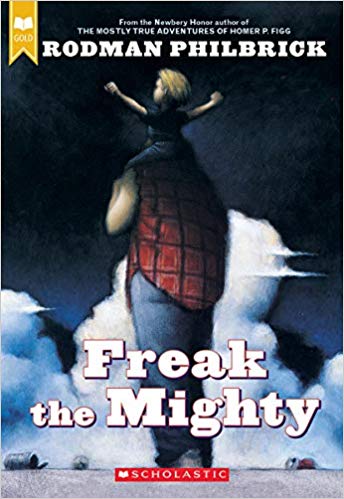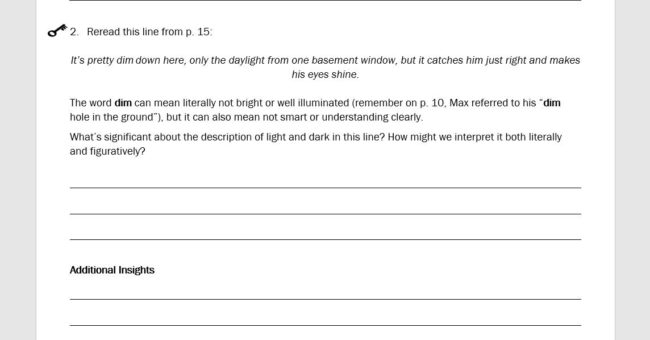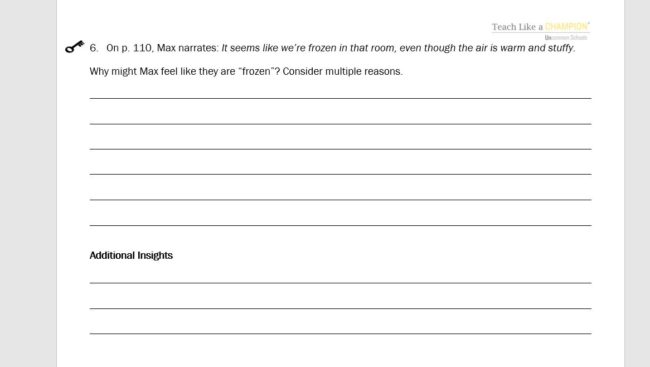08.08.19A Few Highlights–and Some Samples–from Our Reading Curriculum

We’ve been working on a middle grade Reading Curriculum (or is it an English Curriculum?) for the past year. It’s built around high-quality complex novels and designed to implement many of the ideas in Reading Reconsidered- Plus in terms of its approach to writing and background knowledge, it seeks to go where no curriculum has gone before.
We’ve had some lovely feedback recently–thanks for that–and some requests to see some examples.
Here goes.
Emily Badillo is our lead designer on Freak The Mighty, which we propose as a fifth grade novel. I love this unit because we had this crazy idea to emphasize science in our embedded nonfiction and background knowledge and Emily executed that beautifully. You can see examples in these two lessons. One with excerpts from Chabris and Simons’ The Invisible Gorilla:
The other with a series of articles about time and space:
One of the things you’ll also notice is how much and how many different kinds of writing there are. One of our key operating principles is that we like students to write directly from the text–before they discuss it. This lets them process and develop their ideas before they talk and ensures that teachers can assess how much they understood directly from reading-and without the benefit of listening to peers and teachers first. There’ll be a time for listening of course but we need to know that kids can learn from reading too.
Then we love it if, after a discussion, students rewrite to change their answer based on what they learned from talking with their peers.
Here are two examples: First, a question from lesson 4 that asks students to reflect on Max’s use of the word “dim.” Here’s the packet that students work in:

The lesson plan includes an exemplar answer and prompts the teacher to ask students to use the “additional insights” section to add thoughts post-discussion. Here’s another example from lesson 15:

Finally here’s one more lesson plan. This one ends with a bit of summative writing- that is writing where students are asked to explain and defend an interpretation of a scene or aspect of the text. This is relevant because most of our writing is formative–designed not to ask students to explain what they think but to discover what they think and therefore to now know exactly that before they start writing. You can see an example in questions 11 and 12. They read:
- How might this moment be an example of dramatic irony? Consider the contrast between Max’s and Grim’s perspectives.
and
- What might the empty book represent or symbolize to Max?
We use the word ‘might’ here deliberately- to suggest openness to ideas in process. You don’t have to know for sure what you think to write about what might be happening. More on that here and here but we think formative writing both valuable and roundly overlooked.
Anyway, those are some highlights of Emily’s amazing work. Some examples from our unit on Of Mice and Men coming soon!